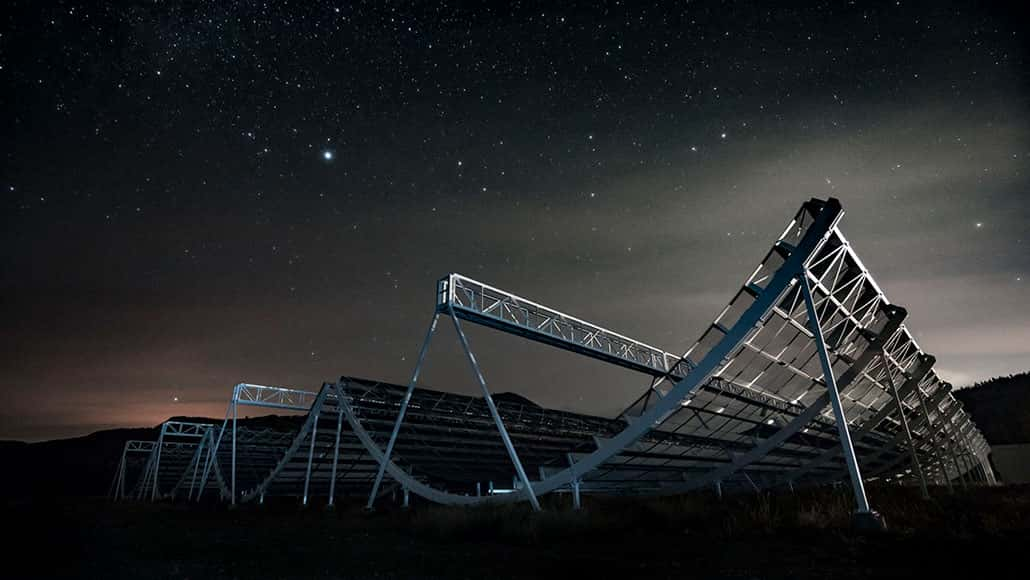These “auroral” Earth radio emissions, occurring approximately 25,000 miles above a dark, cooler region of the sun, resemble the captivating phenomena witnessed on our planet.

A groundbreaking observation by solar scientists has unveiled an astonishing similarity between Earth radio emissions detected over a sunspot and the mesmerizing auroral displays seen on Earth, also known as the Northern Lights
Astronomers from the New Jersey Institute of Technology’s Center for Solar-Terrestrial Research (NJIT-CSTR) made this remarkable discovery. Lead researcher Sijie Yu expressed, “We’ve detected an unusual form of polarized radio bursts originating from a sunspot, persisting for over a week, unlike the brief solar radio bursts typically observed.” This finding not only sheds light on solar radio bursts’ dynamics but also provides insight into starspots on distant celestial bodies.
Comparable to the renowned Aurora Borealis and Aurora Australis on Earth, these auroral displays are witnessed on other planets like Jupiter and Saturn, as well as distant stars, when solar activity interacts with the planet’s magnetosphere, causing charged particles to collide with atoms in the atmosphere, generating intense Earth radio emissions.
The observed sunspot Earth radio emissions occur where the sun’s magnetic field is exceptionally strong
These Earth radio emissions, distinct from known solar radio noise storms, are believed to be a result of high-energy electrons trapped within converging solar magnetic fields, with cooler, intensely magnetic sunspot regions creating an environment conducive to electron-cyclotron maser (ECM) emissions.
Interestingly, these sunspot aurora emissions operate at frequencies much higher than Earth’s auroras due to the sunspot’s immensely stronger magnetic field. Additionally, the team noted that these Earth radio emissions are not synchronized with solar flares but rather seem linked to sporadic flare activity in nearby regions.
The discovery also revealed a cosmic lighthouse effect: as the sunspot moves across the solar disk, it emits a rotating beam of radio light akin to radio auroras observed from rotating stars. This groundbreaking finding prompts a retrospective analysis to identify previously recorded solar bursts that could be instances of this newly discovered emission.
Moreover, these observations connect solar behavior to magnetic phenomena on other stars, potentially prompting a reevaluation of current models of stellar magnetism. Research co-author Surajit Mondal highlighted the significance of understanding the interaction between energetic particles, magnetic fields, and long-lasting starspots, not just within our solar system but also on stars far beyond.




